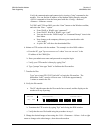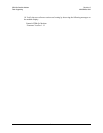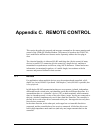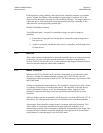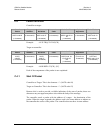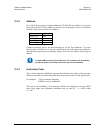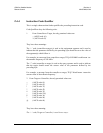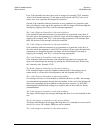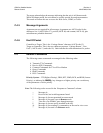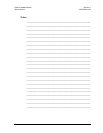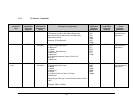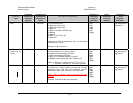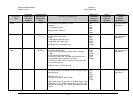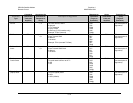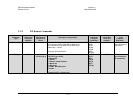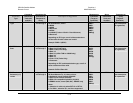
CDM-Qx Satellite Modem Revision 4
Remote Control MN/CDMQx.IOM
C-7
The target acknowledges the message indicating that the unit is in Ethernet mode.
While in Ethernet mode, the unit cannot be serially queried for modem parameters.
This mode will allow the user to access the Web server, SNMP, or Telnet.
C.4.5 Message Arguments
Arguments are not required for all messages. Arguments are ASCII codes for the
characters 0 to 9 (ASCII 48 to 57), period (ASCII 46) and comma (ASCII 44), plus
miscellaneous printable characters.
C.4.6 End Of Packet
Controller-to-Target: This is the ‘Carriage Return’ character (ASCII code 13)
Target-to-Controller: This is the two-character sequence ‘Carriage Return’, ‘Line
Feed’. (ASCII code 13, and code 10.) Both indicate the valid termination of a packet.
C.5 Remote Commands
The following remote commands are arranged in the following order:
Transmit (TX) Commands
Receive (RX) Commands
Common Commands for TX or RX or Modem
Query Commands
Bulk Commands
BUC Commands
Priority System = ITF(Highest Priority), FRM, RFT, RMD, RCR, and RDR (Lowest
Priority), as indicated by shading. Any changes to a higher priority can override any
of the parameters of lower priority.
Note: The following codes are used in the ‘Response to Command’ column:
= Message ok
? Received ok, but invalid arguments found
* Message ok, but not permitted in current mode
# Message ok, but unit is not in Remote mode
~ Time out of an EDMAC pass-through message
$ Message ok, but no card is installed in the slot.
@ Message ok, but sending Tx command to an Rx card or vice-versa.
^ Message ok, but unit is in Ethernet mode.



